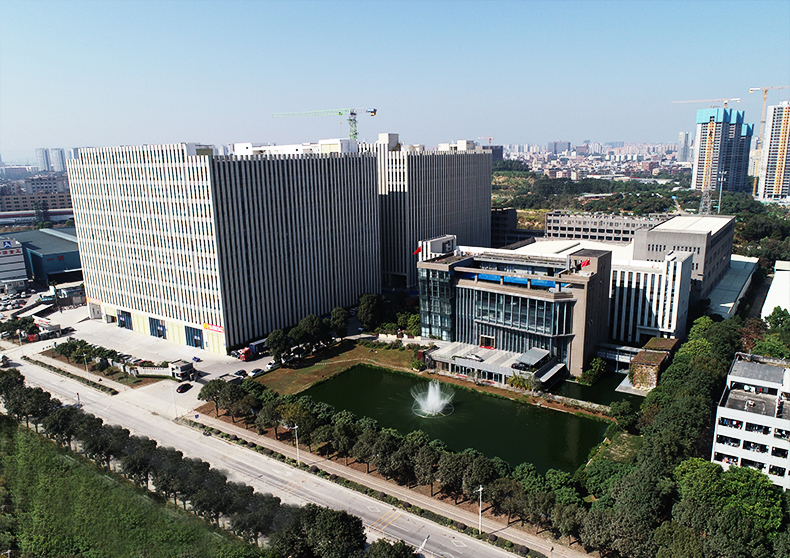The modern world is fundamentally wired. From the slender, flexible cables in our consumer electronics to the massive, armored conduits powering industries and transmitting data across oceans, cables are the unsung heroes of our connected age. This immense diversity in application necessitates an equally diverse range of cable specifications. No single, rigid production line can hope to meet the demands for such a variety of diameters, materials, shielding, and performance characteristics. The answer to this challenge lies at the very heart of manufacturing innovation: versatile and highly customizable wire production machines. These advanced systems are the engines of flexibility, enabling manufacturers to respond with agility to market demands and push the boundaries of what is possible in cable design.

The Driving Force: Why Customization is No Longer Optional
The era of one-size-fits-all manufacturing is over. Several key factors are driving the need for versatile wire production equipment:
Proliferation of Applications: The specific requirements for a cable used in a high-temperature automotive engine bay are vastly different from those for a deep-sea submarine communication cable or a biodegradable medical device. Each application demands unique combinations of conductor material (copper, aluminum, high-performance alloys), insulation (PVC, Teflon, XLPE, silicone), and protective jackets.
Rapid Technological Advancements: The rise of 5G, the Internet of Things (IoT), electric vehicles (EVs), and renewable energy systems constantly introduces new performance benchmarks. Cables must handle higher frequencies, greater voltages, and increased data throughput, requiring precise and often novel production techniques.
Economic Efficiency and Short Runs: Mass production still has its place, but there is a growing market for specialized, short-run production batches. Manufacturers cannot afford to dedicate entire fixed lines to these projects. Customizable machines allow for quick changeovers, making small-batch production economically viable.
Regulatory and Standards Compliance: Different regions and industries (automotive, aerospace, medical, military) have stringent and often conflicting standards. A versatile production line can be configured to ensure compliance with various international norms without requiring a complete factory overhaul.
The Pillars of a Customizable Wire Production Line
A state-of-the-art, versatile wire drawing and cabling line is not a single machine but a seamlessly integrated system of modular components. Each of these components can be tailored to specific needs, forming the pillars of customizable production.
1. The Wire Drawing Machine: The Foundation of Dimensional Precision
The process begins with reducing the diameter of a raw rod to a precise wire gauge. Customizable drawing machines offer:
Multi-die Configurations: The ability to handle different numbers of dies and sequences allows for the production of a wide range of final wire diameters from the same initial rod.
Material Versatility: Systems can be configured with appropriate capstans, dies, and lubricants to process everything from soft annealed copper to high-strength, tempter-hardened steel or exotic alloys.
In-line Annealing: Integrating an annealing unit within the drawing process allows for precise control over the wire's temper (soft, half-hard, hard), a critical property for subsequent stranding and flexibility.
2. The Stranding and Cabling Machine: Engineering the Core
Most cables are composed of multiple strands twisted together. The stranding machine is a hub of customization:
Modular Pay-offs: A machine with multiple, independently controlled pay-offs can create complex concentric, bunched, or rope-lay strand configurations. This is essential for fine-stranded flexible cables versus solid, sturdy power conductors.
Adjustable Lay Length: The precise control over the twist length (lay) is crucial. A short lay might be used for high-frequency data cables to minimize crosstalk, while a long lay is common for basic power cords.
Planetary vs. Tubular Stranders: The choice of technology itself is a customization. Planetary stranders are ideal for larger diameters and power cables, while tubular stranders offer high speed and flexibility for smaller, diverse constructions.
3. The Insulation and Sheathing Extrusion System: The Protective Shield
This is perhaps the most critical area for customization, where the cable's core electrical and environmental properties are defined.
Multi-Extruder Setups: Modern lines often feature dual, or even triple, extruder heads. This allows for simultaneous co-extrusion of different materials. For instance, a primary insulation can be applied alongside a protective nylon jacket in a single pass.
Versatile Screw and Barrel Designs: The heart of the extruder—the screw and barrel—can be customized based on the polymer being processed. Processing abrasive materials like fluoropolymers requires hardened components, while heat-sensitive materials need optimized thermal profiles.
Precision Cross-Heads and Tooling: The crosshead die is custom-engineered for each cable type to ensure concentric application of insulation. Quick-change tooling systems minimize downtime when switching between different cable diameters or insulation types.

4. The Integrated Control and Monitoring System: The Digital Brain
The true power of a customizable line is unlocked by its control system. A centralized Programmable Logic Controller (PLC) with a Human-Machine Interface (HMI) allows operators to:
Store Recipes: Save and recall complete machine settings (speeds, temperatures, pay-off tensions, lay lengths) for different cable specifications. A switch from a 2-conductor solar cable to a multi-pair data cable can be executed with a single command.
Implement Real-Time SPC: In-line laser micrometers, capacitance monitors, and spark testers provide continuous feedback, ensuring every meter of cable produced adheres to the strictest quality and dimensional tolerances.

